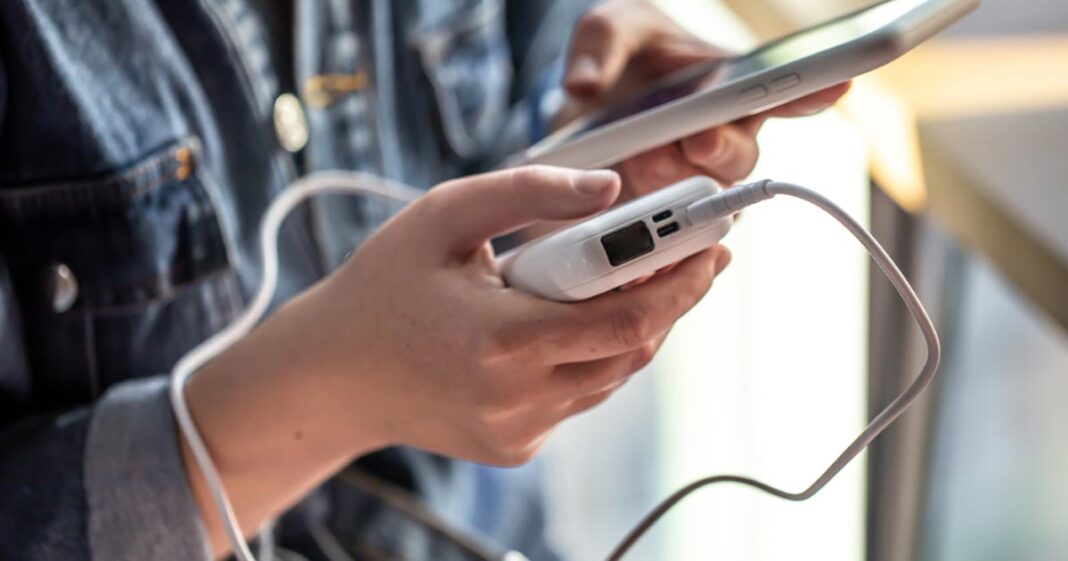
In today’s hyper-connected world, smartphones have become an essential part of our lives. From banking and messaging to social media and location tracking, our phones store sensitive data that makes them a prime target for hackers and cloners. The idea that someone could be accessing your phone remotely or even cloning it without your knowledge is unsettling — but it’s possible. In this article, we’ll explore how phones can be hacked or cloned, the signs to watch out for, and the steps you can take to protect yourself.
📱 Can Your Phone Be Cloned Without You Knowing?
Yes, phone cloning is real — and it’s more common than you might think. Phone cloning involves duplicating the SIM card or IMEI (International Mobile Equipment Identity) number to intercept calls, messages, and even data.
For example, a hacker might trick you into installing a malicious app or clicking a phishing link that grants access to your phone’s data. They could also clone your SIM card by obtaining your number through a social engineering scam or by exploiting weak carrier security.
A famous case involved the hacking of tech journalist Matt Honan in 2012. Hackers bypassed Apple’s iCloud security by exploiting account recovery options, eventually gaining access to his entire digital life. This shows how even secure systems can have vulnerabilities.
🔎 How to Detect if Your Phone Has Been Cloned or Hacked
If your phone has been cloned or hacked, the signs can be subtle at first. However, there are clear red flags that something might be wrong:
- Unusual Calls or Messages: You might receive calls or texts intended for someone else or find out that people are getting messages from you that you never sent.
- Duplicate SIM Activity: If your SIM has been cloned, you might experience dropped calls or fail to receive texts because someone else is using your number.
- Unfamiliar Devices on Your Account: On iPhones, you can check linked devices by going to Settings → Your Name → Devices. If you see a device you don’t recognize, it could be a sign of unauthorized access.
- Unexplained Data Usage: A sudden spike in data usage could mean that a background app or a malicious process is sending information to an external server.
🚨 Can Someone Hack Into Your iPhone or Android?
While Apple’s closed ecosystem makes it harder to hack an iPhone, it’s not impossible. Jailbroken iPhones are particularly vulnerable since the added flexibility bypasses many of Apple’s built-in security features.
Android phones, on the other hand, are more prone to hacking due to their open-source nature and the ability to install apps from outside the Google Play Store. Malware can be hidden in seemingly harmless apps or links.
For instance, the notorious Pegasus spyware exploited a vulnerability in iOS to monitor calls, messages, and even the microphone of high-profile targets. This sophisticated spyware was installed through a simple iMessage link — no user interaction was needed.
🔢 Codes to Check for Hacking or Cloning
If you suspect that your phone is compromised, you can use special codes to check its status:
- *Dial #21# – Check if your calls or messages are being forwarded to another number.
- *Dial #62# – Find out if calls are being redirected when your phone is unreachable.
- Dial ##002# – Disable all forms of call forwarding at once.
If any of these codes return unexpected forwarding, it could be a sign that your phone is being monitored or tampered with.
🔍 How to Tell If Your Phone Is Being Accessed Remotely
Remote access is one of the most dangerous forms of phone hacking. Signs that someone may be accessing your phone remotely include:
- Battery Drain: If your battery is draining quickly even when you’re not actively using your phone, it could be a sign that a background app or hacker is running a process in the background.
- Slow Performance: If your phone becomes unusually slow or apps crash frequently, malicious software might be at work.
- Strange Background Noises: If you hear static, clicks, or echoes during calls, someone could be tapping your line.
- Unexplained Location Activity: If “Find My iPhone” or “Google Location” shows activity in a place you’ve never been, someone might have gained access to your device.
🛡️ How to Protect Your Phone from Hacking and Cloning
Fortunately, there are several effective ways to protect your phone from being hacked or cloned:
✅ Enable Two-Factor Authentication (2FA): Adding an extra layer of security to your iCloud, Google, and social media accounts makes it harder for hackers to gain access.
✅ Avoid Public Wi-Fi: Public networks are easy to exploit. If you must use one, enable a VPN (Virtual Private Network) to encrypt your data.
✅ Keep Your Software Updated: Security patches in iOS and Android updates are designed to fix vulnerabilities. Delaying updates puts your phone at greater risk.
✅ Monitor Permissions: Check which apps have access to your camera, microphone, and location — revoke permissions if they seem unnecessary.
✅ Use Strong Passwords: Avoid using birth dates or common names; use complex combinations of letters, numbers, and symbols.
🧪 Testing Your Phone for Hacks and Malware
You can test your phone for hacks using these methods:
🔹 Run a Malware Scan: Apps like Malwarebytes (for Android) or Lookout (for iOS) can detect and remove malicious software.
🔹 Check for Configuration Profiles: On iPhones, go to Settings → General → VPN & Device Management and remove any unknown profiles.
🔹 Restart in Safe Mode: On Android, boot into Safe Mode (by holding down the power button and selecting “Safe Mode”) to disable all third-party apps — this can help isolate malicious apps.
🌐 How to Mirror an iPhone or Android
Mirroring your phone allows you to project its screen onto another device. While this is useful for presentations or gaming, it can also be misused by hackers.
How to mirror your iPhone:
- AirPlay: Built into iOS for mirroring to Apple TV or compatible devices.
- QuickTime Player: Connect your iPhone to a Mac and open QuickTime to start screen recording.
How to mirror your Android:
- Google Home: Allows you to cast your screen to a Chromecast device.
- Third-Party Apps: Tools like Vysor or Scrcpy allow for screen mirroring over USB or Wi-Fi.
🚀 Final Thoughts
Phone hacking and cloning are growing threats, but you can stay ahead by being vigilant and proactive. Regularly check for unusual activity, enable security features, and be cautious about the apps and links you interact with. Remember, the best defense against phone hacking and cloning is a combination of awareness and smart security practices.
Would you rather be safe than sorry? Take a few minutes today to secure your phone — your future self will thank you!





